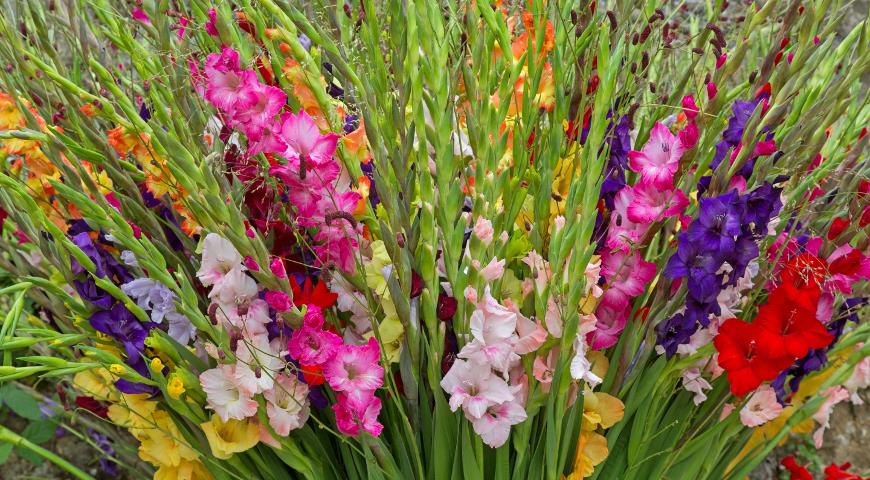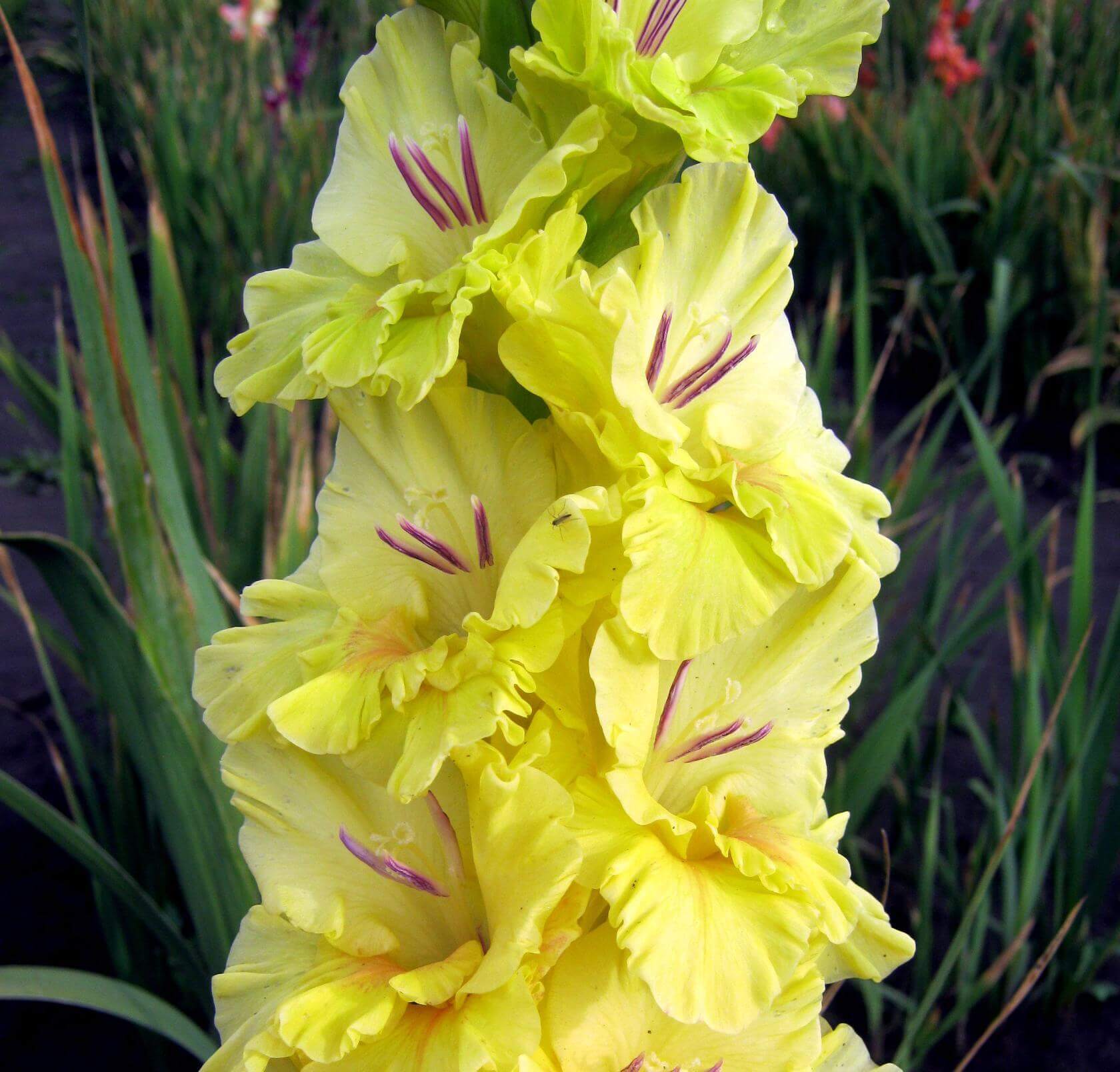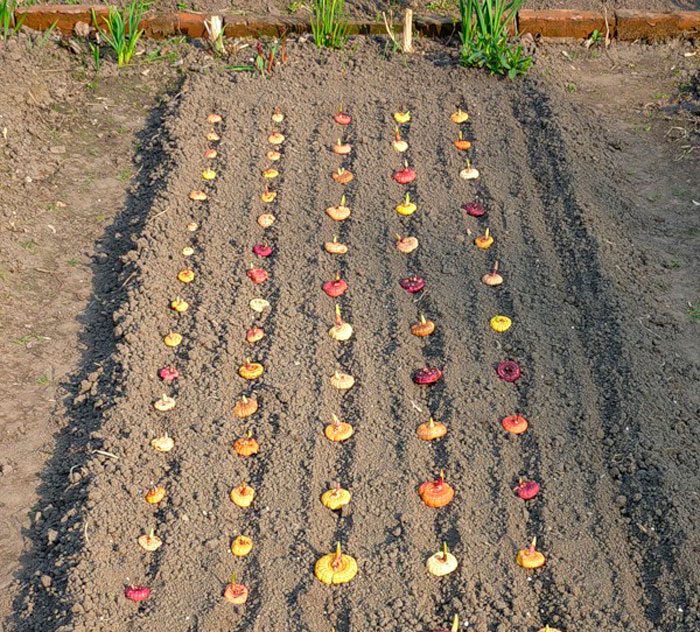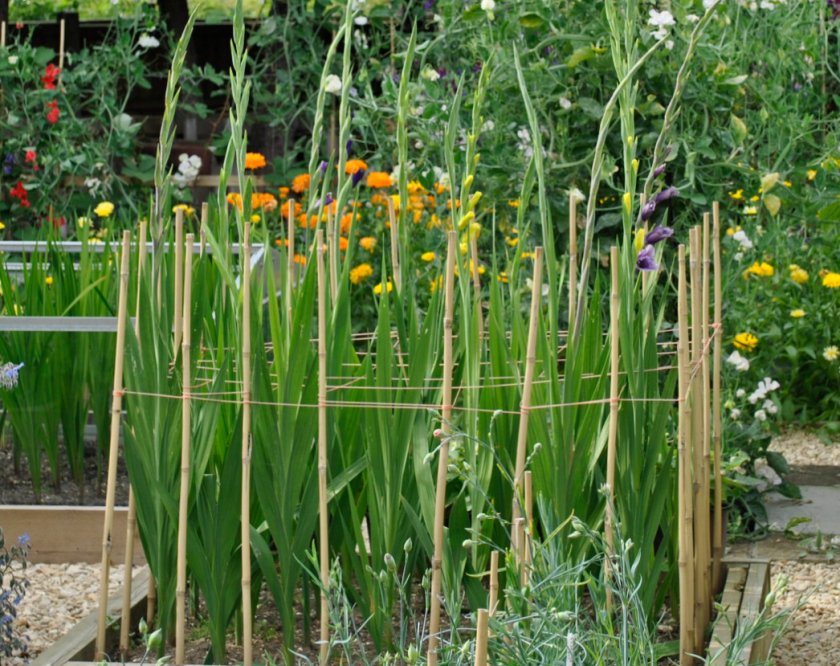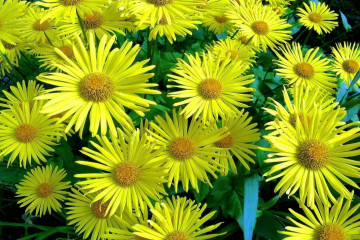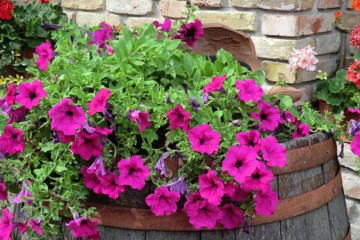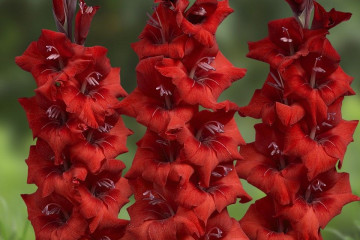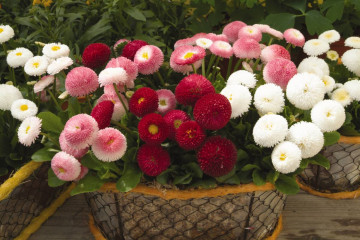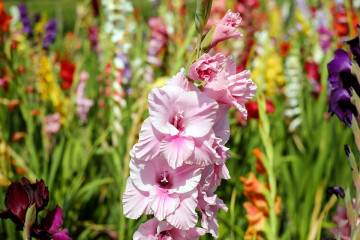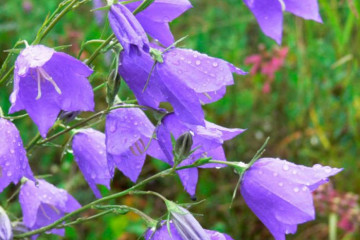Perennial gladiolus flowers - description
Content:
What is gladiolus? This is an ornamental plant that belongs to the Iris family. The species is very ancient and not so long ago "captured" the hearts of Russian amateur flower growers. Gladiolus flowers can be a real decoration for any garden.
General information about the gladiolus plant
Gladioli are a beautiful ornamental plant that has been pleasing all flower lovers for decades. The description of gladiolus can be found even in classical literature.
Despite the unusual and pompous appearance of the plant, not everyone will undertake to grow it on their site. The main reason is "capricious character".
What a gladiolus looks like
Plant height varies from 50 cm to 2 m. The bright green leaf plates are straight and very long. Grows from corms.
What do gladiolus flowers look like? The inflorescence looks like an ear, the flowers are funnel-shaped. The color of the flowers directly depends on the variety and place of growth. It can be white, yellow, green, red, or even black.
In total, there are more than 200 varieties of gladioli in the world. On the territory of Russia, no more than nine are grown. The most valuable are the tall varieties. Inflorescences are both large and small. They are divided into butterfly and primrose.
Classification of flowers with the names of popular varieties of this type
There are five generally accepted classes. Separation occurs according to the size of the flower.
- Mini, size 6-6.5 centimeters, height - no more than half a meter. Inflorescences consist of 12 - 15 flowers. The petals are most often corrugated. The most popular varieties are Small Walder and Wee Walder.
- Small - the size varies from 6 to 9 centimeters. The popular variety Cezan, like the Focus, has a double color.
- Gladioli are medium, the size of each according to generally accepted standards cannot be more than 11 centimeters. Flowers of the Elegy variety are richly crimson in color, resembling velvet outwardly. The inflorescences of the popular species Albit are white, each with a green speck in the center.
- The next class is gladioli with large flowers. The size is 12-14 centimeters. The Amethyst variety has an uneven color and combines three colors: pink, burgundy, black. The Don Quixote variety, popular in Russia, is colored dark cherry.
- The giant varieties include plants with flowers over 14 centimeters. It is very difficult to acquire on the territory of Russia. The most famous are Green Star, White Prosperity.
Annuals
Due to the climatic features of Russia, gladiolus is grown as an annual plant.
At the end of autumn, the bulbs must be dug up, and only the next year they must be planted again.
Perennial
Only the so-called wild gladioli can be grown as perennials.
Dwarf
Miniature gladioli, or the so-called dwarf, are a favorite of all gardeners. They begin to bloom early, the stems are compact, the flowers are 7-8 per inflorescence. They can be one-color or two-color.
Average
Medium grades include:
- Charm variety, pink color.
- Jade, lemon yellow flowers.
Long
In this group, the most popular are:
- Nymph, white with red veins.
- Sun aid, purple flowers.
By color
There are eight common gladiolus colors.
- Red, the most popular varieties of Zulu and Baccarat.
- Cherry, grade Black Velvet.
- Pink Prague.
- Gladioli white Tampere.
- The Green Star variety is colored green.
- Torino has dark brown flowers.
- Inflorescences of a deep blue color of the Vrata Raya variety.
- The most unusual representative is the black gladiolus of the Ebony Beauty variety.
By the shape of the edges of the petal
Gladiolus flowers are also divided according to the type of petals.
- simple;
- fringed;
- corrugated;
- dragonlike;
- in a fold.
By the arrangement of flowers in the inflorescence
On the stem, flowers can be arranged in one row, in two rows, or in a spiral.
By flowering time
On gladioli with an early maturity, flowers appear around the 70th day.
Plants are considered mid-season, which begin to bloom after the 90th day.
Late flowers appear only 100 days after planting in open ground.
Flowering period of gladiolus
With proper care, gladiolus begins to bloom at the very beginning of summer. To achieve early flowering, it is necessary to start preparing the "child" - bulbs - in advance.
How to speed up the flowering of gladioli
You can accelerate the formation of flowers with a complex fertilizer. It includes: boric acid powder, potassium permanganate, copper sulphate and magnesium, sulfur and zinc. This complex of trace elements can accelerate the process of budding and flowering by about 10 - 14 days.
Proper care of a flowering plant
During the flowering period for gladiolus are very important:
- Timely watering.
- Loosening the soil.
- High quality and regular feeding.
- Tying and removing damaged leaves.
How to prolong flowering
The flowering period of gladioli is approximately 10 - 12 days. In order to obtain constant flowering, it is necessary to plant the bulbs in the ground with a short time interval.
Cutting flowers
It is important not to damage the gladiolus flower when cutting. For this action, it is necessary to select the sharpest instrument and pre-disinfect it.
The procedure should be performed exclusively in the evening or daytime.
Basic rules for growing
The flowering of gladioli directly depends on the observance of elementary rules for growing and care. To obtain a positive result, you must carefully approach:
- to the choice of planting material;
- to the planting site of the flower;
- to the arrangement of the garden.
Seat selection
Gladioli, perennial and annual, love the sun. The optimal growing area should be well lit for at least two-thirds of the day. But at the same time, direct sunlight at noon is unacceptable.
When can you plant
There are two times when you can plant the plant outdoors. It can be an autumn or spring planting.
The optimal month for an exhibition in spring is April. For different regions of Russia, the time may vary in one direction or another. It is important to wait until the soil is completely warmed up.
When do gladioli bloom after planting? If the time of planting the gladiolus was chosen correctly, then already in the first year of life you can get abundant flowering and a large number of beautiful, lush flowers.
What is the depth to make the beds
The depth of the beds directly depends on the size of the planting material. Small bulbs are buried by about 8 cm, large ones by 12 cm.
The width between the rows also depends on the planting material, between the small ones the distance should be 10-12 cm, and between the large ones, about 15 cm.
Gladioli care
How the care rules are followed directly depends on what result will be obtained. Ordinary watering and timely weeding can work miracles. This culture will thank the gardener with a long life and a long flowering period.
Watering
Gladioli are very fond of moisture, but do not tolerate stagnant water. Experienced gardeners recommend watering at least once a week. During the dry season, in summer, humidification can be carried out more often. For example, once every three days.
It is necessary to water not only the land under the bush, but also the aisle. The optimal rate for each bush is 10-15 liters.
Weeding
The intensity of weeding directly depends on how the weeds will grow in a given area. On average, the frequency is once or twice a month. During weeding, it is necessary to remove all weeds and feed the soil with the much-needed oxygen.
It is the weed that is most often the cause of the appearance of pests and infection of the cultivated plant with all kinds of diseases. Therefore, weeding is a must.
Spraying
The sprinkling procedure is carried out until the moment of active budding. It is recommended to spray only in the early morning.
It is best to use warm water or fertilizer for this event. When gladioli bloom, spraying is prohibited. These actions can cause damage to flowers and death of the plant.
Garter
Due to the fact that the flowers are quite tall, some varieties need to be tied up. For these purposes, it is recommended to install special pegs on the flower bed.
Top dressing
Plants are extremely demanding on nitrogen supplements. At the moment of bud formation and when they bloom, it is advisable to apply preparations containing phosphorus and potassium under the root.
Possible growing problems
Despite the unpretentiousness of the species, it is often invaded by all kinds of pests. Due to improper care, gladiolus can get sick.
- Pests. The main parasites that harm the plant are thrips, mites, garden ants. Less often - common aphid. Timely treatment of the flower with insecticidal agents will not only protect the damaged plant from pests, but also serve as a prophylactic agent.
- Diseases. Most often, flowers are subject to fungal diseases. For prevention, it is necessary to process not only the plant, but also the planting material. Phytosporin is considered the best remedy for these purposes. Treatment with this drug can be carried out throughout the season.
- Signs of improper care. The most important sign proving that the plant has not received proper attention is the absence of flowers on the gladiolus. This trouble can arise due to untimely watering or poor quality care.
Gladiolus is a generally recognized royal species. Not everyone is able to grow this elegant work of art from a small bulb. The flower requires constant care and close attention. If the gardener is not confident in his abilities, then it is better to start by trying to grow something simpler and not so capricious. But, despite all the difficulties, the risk justifies the result.

